Table of contents
- Revival of classic brands Future for Norton and Indian?
- Development and production
- Interview Stephen Julius – “The product is the main thing”
- Interview Stuart Garner – “Euro 3 does not need any rocket technology”
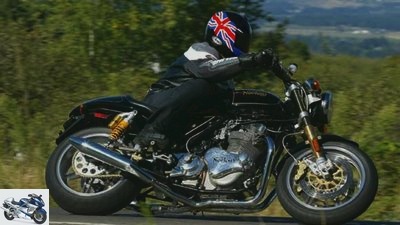
Nakamura
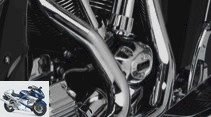
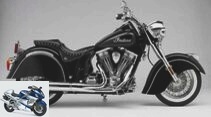
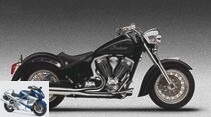
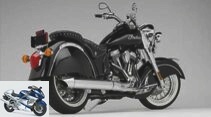
23 pictures
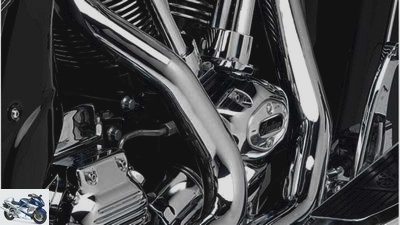
Indian
1/23
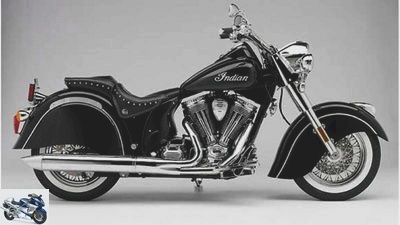
Indian
2/23
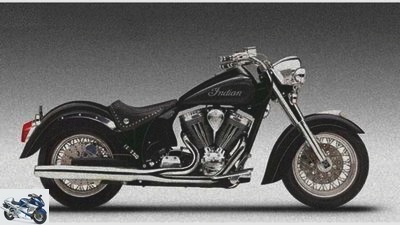
Indian
3/23
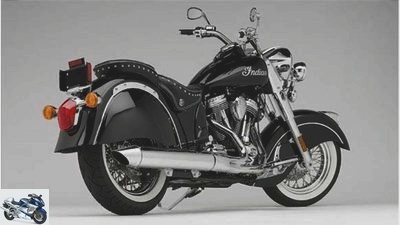
Indian
4/23
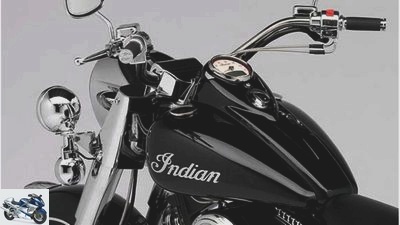
Indian
5/23
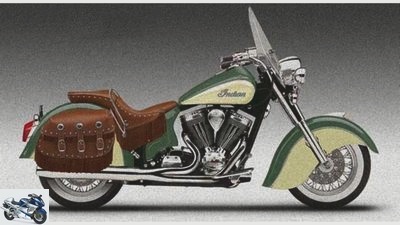
Indian
6/23
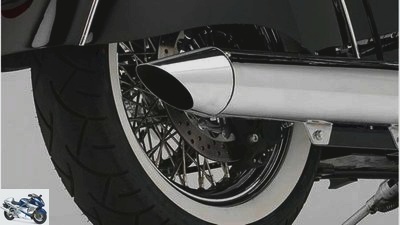
Indian
7/23
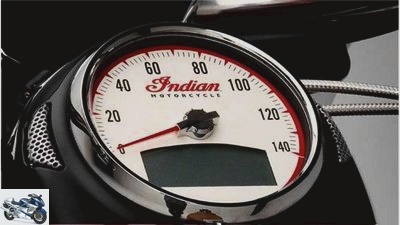
Indian
8/23
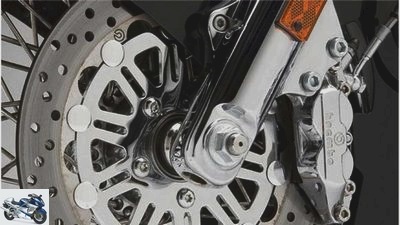
Indian
9/23
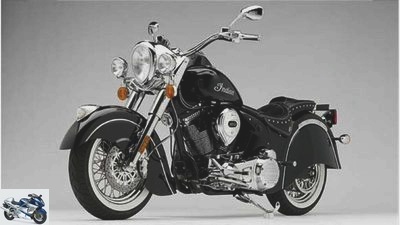
Indian
10/23
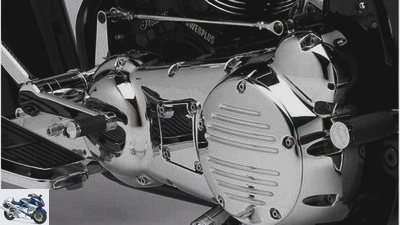
Indian
11/23

Indian
12/23
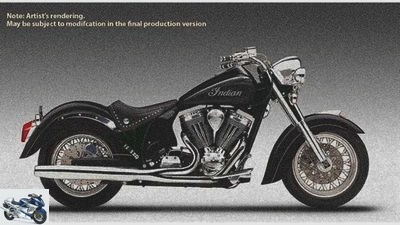
Indian
13/23
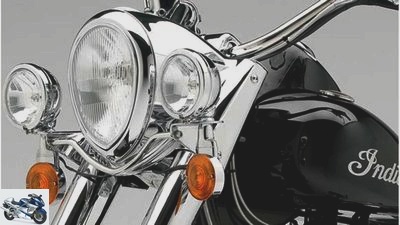
Indian
14/23
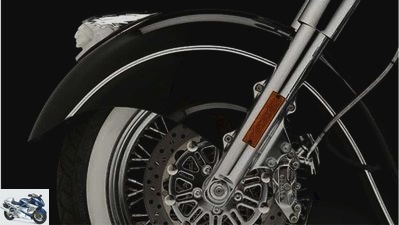
Indian
15/23
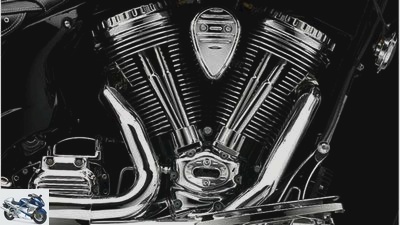
Indian
16/23
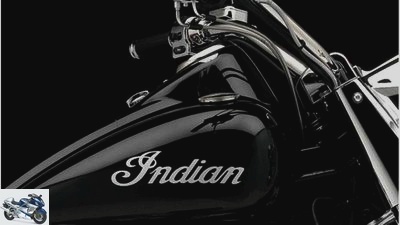
Indian
17/23
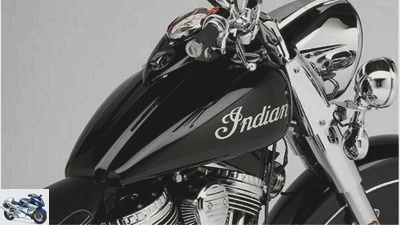
Indian
18/23
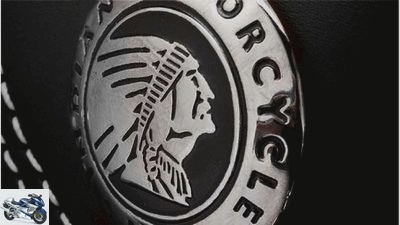
Indian
19/23
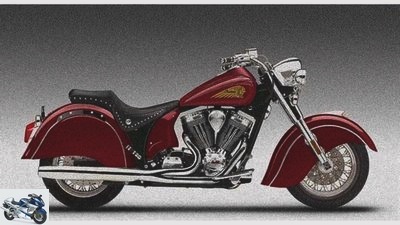
Indian
20/23
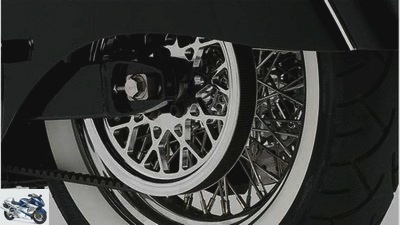
Indian
21/23
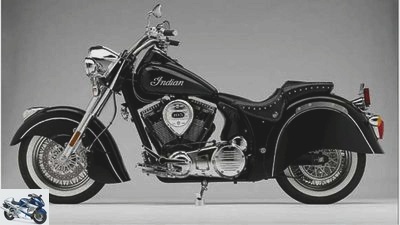
Indian
22/23
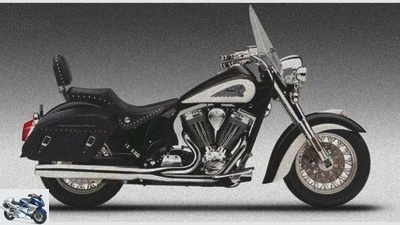
Indian
23/23
counselor
technology & future
Revival of classic brands
Revival of classic brands
Future for Norton and Indian?
That has been the question at Norton and Indian for many years. Two British businessmen want ?? every man for himself ?? Bringing the famous brands back to life. But in either case, resuscitation becomes difficult and costly.
Ralf Schneider
December 04, 2008
Actually, this is not about two, but three attempts at resuscitation. Because in the case of Norton Traditions are to be continued that were founded in different epochs in the company’s history and are linked by little more than the brand name: the construction of rotary motorcycles, which led to fascinating machines such as the Norton TT and glorious racing victories in the early 1990s. And the tradition of the parallel twins, which fueled motorcycles like the 850 Commando back in the 60s and 70s. British businessman Stuart Garner wants to continue both lines after he recently acquired the rights to the brand from the previous American owners, Norton Motorsports. Garner owns the UK’s largest professional fireworks organizer, chain store and manufacturer of baby products. He also runs a farm in South Africa where animals are raised for safari parks.
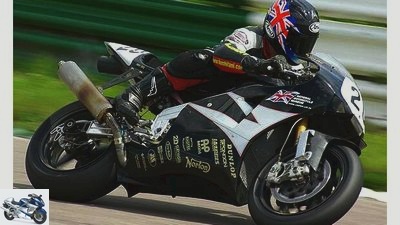
Nakamura
Alan Cathcart at full speed on the original racing motorcycle of former British Superbike champion Steve Spray.
In the Norton shopping basket were four prototypes of a traditionally styled Commando, two with 952 and two with 961 engines. These, too, have a more traditional structure with air / oil cooling, but the classic synchronous configuration has been abandoned in favor of a 270-degree offset, such as that characterizes the neo-classics from Triumph. At first glance, hardly anyone can escape the fascination that emanates from the simple machine in black paintwork with gold decorative lines. If you take a closer look, you will of course also notice the Keihin flat slide carburetors and very slim exhaust pipes. A powerful, but not exactly low-emission and low-noise combination and certainly a reason why the owner of Norton Motorsports, Oliver Curme, sold the project: Curme wanted or could after years the further development costs for a homologated, quiet motorcycle with injection and catalytic converter No more yield-free investment. The development of the rotary engine is by no means further advanced.
To test innovative technology such as direct injection, electronic throttle valve control and variable intake lengths, Stuart Garner had a new motorcycle built. Its aluminum bridge frame comes from Spondon, a British manufacturer that welded the frames for the Wankel Nortons back in the 1990s and which Garner also acquired. However, Garner had to buy the inner parts of the new twin-disc Wankel in Germany. The reason: Although he owns the rights to the brand, the technical drawings and tools for manufacturing the engine parts are owned by the German company Norton Motors and thus the former German Norton importer Joachim Seifert. If Garner does not want to have the heart of the drive redesigned from scratch, which in view of the capricious Wankel technology means an enormous amount of effort, he must either continue to buy its components or the production documents and tools. Neither on the one hand nor on the other has so far been any request.
Development and production
With two product lines hanging in the balance, it is Stuart Garner himself who arouses skepticism about his projects. In an interview with MOTORRAD employee Alan Cathcart, he talks about the Commando 961 “a few weeks” to the workshop to install and tune the fuel injection and catalytic converter. With the aim of selling the motorcycle in 2009. He calls this one “aggressive schedule”. Anyone who has a realistic idea of the costs and effort that the application of a motor control requires, will easily find other terms. Naive, for example. Garner’s announcement that he would be accepting down payments for a Wankel NRV 588 from spring 2009 might also fit boldly. Stephen Julius, the new owner of Indian, has a different tone. And a different pace on the way to series production. He sees motorcycle production as a business in which a lot of people have lost a lot of money that is extremely technology and capital intensive. Before entering the motorcycle industry, Stephen Julius took over the Italian motorboat manufacturer Riva, renovated it and sold it on at a profit, then acquired the American motorboat manufacturer Chris Craft. Julius puts the difference between the costs for motorcycle and motorboat development at a factor of 50 to one. A relationship that suggests a cautious approach.
So he analyzed after buying Indian through his investment company Stellican in July 2004, the development of other manufacturers from Triumph to Victory / Polaris, MV, MZ to Ducati for two years. Only then did he determine his strategy and buy a factory in Kings Mountain, North Carolina. 18 months passed with the revision of the Powerplus 100 engine taken over from its predecessor, which consists of 90 percent new parts, now has 105 cubic inches (1721 cm³) and has a pressure of 135 Nm. The first new Indian rolled off the production line on July 17th of this year. Production takes place in a kind of manufactory, each by a team of six people. The model range consists of four motorcycles named Chief. They only differ in their equipment. Another model series with the name Scout, which is no less important for Indian, is planned for the future. The scouts should get a lighter frame and become lighter and sportier than the chiefs. Plans with a four-cylinder in-line engine installed lengthways? such a concept can also be found in Indian history ?? is not an issue for the next ten years. For the time being, Indian sees itself hardly affected by the current crisis-ridden developments in finance and the economy. With 750 units in the first year, the production capacities were planned rather modestly. The goal of building and selling 6,000 motorcycles per year in the medium term seems more ambitious. Victory, after all in the motorcycle business for ten years, with significantly lower prices and a much denser dealer network on the market, has produced between 7,000 and 10,000 units in recent years. They were mainly sold in the USA, that is to say in precisely the difficult, declining market that Indian primarily wants to serve.
Interview Stephen Julius – “The product is the main thing”
Stephen Julius, 48, builds motor boats and motorcycles.
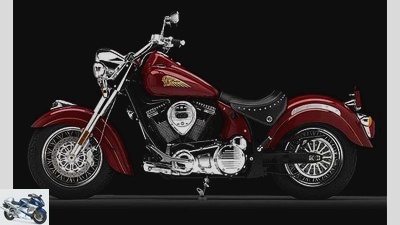
Indian
Indian Chief Standard: a bewitching sight for $ 31,000.
Stephen, have you dealt with Indian before??
Not until I bought the company’s intellectual property and tools from the bankruptcy trustees.
And how did you get from there to the start of production?
It was clear that we would need a lot of engineering competence to put a convincing product on the wheels. The product is the main thing. So we mainly hired engineers.
How does the economic situation affect your planning??
The motorcycle market was already in decline in the planning phase, so I didn’t set the goals particularly high. The custom scene inspired me with its strong desire for something special. This is a not inconsiderable luxury market in which we want to be successful.
Interview Stuart Garner – “Euro 3 does not need any rocket technology”
Stuart Garner, 39, aims to revive Britain’s major motorcycle brand.
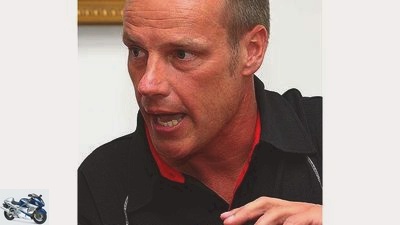
Nakamura
Stuart Garner, 39, aims to revive Britain’s major motorcycle brand.
A lot has changed since you bought the rights to the Wankel Nortons in the spring. It was then that it became clear that Americans wanted to get rid of the whole brand. In October we were able to acquire the worldwide rights to Norton, including the Commando prototypes.
What plan are you pursuing with it?
The details have not yet been worked out, but we plan to produce motorcycles in 2009: the 961 Commando and the NRV588 Wankel.
What is the status of NRV588?
There is a new motorcycle that is being tested. A racing machine, but in the next few months we will be deriving the prototype of a street athlete from it. The new technology that Wankel guru Brian Chrichton installs makes the bike a modern and effective product.
Can you give details on the development status of the 961 command?
With an air / oil-cooled engine and carburetors, it will not manage Euro 3. We have to take them to the workshop for a couple of weeks, apply an injection, fine-tune the engine and exhaust system and get the emissions under control. A British engine developer is helping us with this.
Related articles
-
Classic English brands make a comeback
Alan Cathcart 7th pictures Alan Cathcart 1/7 Paul Sleeman between the old V 1000 (back) and his 24, named after James Hunt’s starting number. The current…
-
Comeback of old motorcycle brands
bilski-fotografie.de 32 pictures Siemer 1/32 A smooth 100 years lie between this Indian and … fact 2/32 … and this Indian Scout. 3/32 The snowmobile…
-
Pro Superbike revival at the ADAC Sachsenring Classic 2014
fact 50 pictures fact 1/50 ADAC Sachsenring Classic 2014 fact 2/50 ADAC Sachsenring Classic 2014 fact 3/50 ADAC Sachsenring Classic 2014 fact 4/50 ADAC…
-
Motorcycle brands and their reputation
mps photo studio counselor traffic & business Motorcycle brands and their reputation The brands and their reputation Image check from MOTORRAD 48,118…
-
The best stories from 25 years of MOTORRAD Classic
archive Sports & scene The best stories from 25 years of MOTORRAD Classic 25 years of MOTORRAD Classic A quarter of a century MOTORRAD Classic Content of…
-
Motorcycle parts-Bielefeld classic spare parts
Siemer counselor traffic & business Motorcycle parts-Bielefeld classic spare parts Motorcycle parts Bielefeld The slaughterhouse for motorcycle…
-
jkuenstle.de 17th pictures jkuenstle.de 1/17 Sachsenring Classic 2016. jkuenstle.de 2/17 Sachsenring Classic 2016. jkuenstle.de 3/17 Sachsenring Classic…
-
Royal Enfield Classic 500 EFI put to the test
www.bilski-fotografie.de 16 pictures www.bilski-fotografie.de 1/16 Royal Enfield Classic 500 EFI put to the test. www.bilski-fotografie.de 2/16 If it…
-
counselor Used purchase Buy a classic car Buy a classic car Character actor If you are looking for something special, you shouldn’t resort to the latest…
-
Nine short biographies about German motorcycle brands
archive 10 pictures NSU 1/10 What happened to you Biographies of German motorcycle brands. fact 2/10 Excellent workmanship, small, handy and fast: Adler…